By IAN FAILES
By IAN FAILES
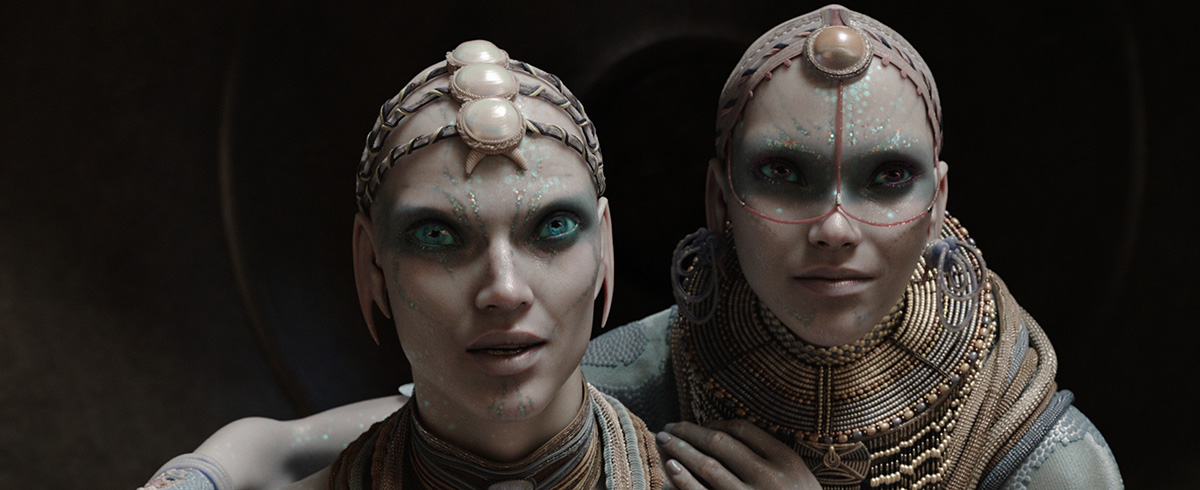
Among the many creatures and aliens showcased in director Luc Besson’s Valerian and the City of a Thousand Planets are members of the Pearl, a beautiful race of humanoid-like creatures who live in a picturesque beach setting.
The Pearl were completely synthetic creations by Weta Digital, which generated the characters from performances by actors with motion-capture equipment for their face and bodies. The principal Pearl actors were also scanned in ICT’s Light Stage for extremely fine face and skin textures.
“(Director Luc Besson) wanted to be able to make (the Pearl) abstract enough from their selves that although we could still read their emotions and read their personalities and read their characters, they were still very much not of this world.”
— Martin Hill, Visual Effects Supervisor, Weta Digital
VFX Voice visited Weta Digital in Wellington to find out more from the studio’s Visual Effects Supervisor, Martin Hill, as he runs down some of the main challenges his team faced in making the Pearl. Here are his comments:
FINDING THE PEARL
To get a lot of the grace and poise that he wanted for the Pearls, Besson basically cast models for the roles. He went to model casting agencies, cast all these actors and met with them all, made sure that he could work them and they could act, and all of them were really quite spectacular at acting. Then, when I first met Sasha Luss, who plays the Pearl princess, and Pauline Hoarau, who is the Empress, we went to the ICT Light Stage and we took them through the standard FACS session of getting all the standard poses.
What was incredible there was just how he was able to work with the actors to build up their performance, build up the feelings that were required for these characters that form the emotional core of the whole film. Basically, if we don’t believe those characters, we are not swept away with their emotions and what’s happened to them, then a large part of the film doesn’t work.
GOING ALIEN
Luc didn’t want to go completely human for the faces – otherwise he’d have put makeup on them and just [filmed] them, of course. He wanted to be able to make them abstract enough from their selves that although we could still read their emotions and read their personalities and read their characters, they were still very much not of this world. They were very alien faces. We spent quite a lot of time working at how we can alter their features and still carry their personality across in terms of the eyes.

These images, from Luc Besson’s Instagram page (https://www.instagram.com/lucbesson), show Pauline Hoarau in the Light Stage (left) and Sasha Luss in a motion-capture suit and helmet cam at Weta Digital.
ON-SET CAPTURE
One of the great things about the performance capture that we did, particularly the stuff on the set, was, as Luc was filming it, he was doing it as both capture and filming – composing the shot. The terrific thing about that is he’s getting the performance he wants. We could rely on the motion capture very heavily as the performance. Essentially, that ‘template’ is what Luc would expect back. That was a really great help for us when it came to giving shots the first-look animation. Nothing was unexpected. The animation would look pretty much exactly like the live template. Obviously, there was finesse and touches we added because the proportions are a little bit different.
“We knew was we wanted to be able to visually see them emote through the skin. And in a number of places through the film, one of our go-to references was aquatic life. The first thing we did was look at was cephalopods – squids, mimic octopuses, those sort of things. … They have these layers of skin translucency and underneath those they have these cells that they can expand and contract, called chromatophores. … You can see a lot of the biomechanical actions of the chromatophores firing in close-up shots.”
— Martin Hill, Visual Effects Supervisor, Weta Digital
TRANSFERRING FACIAL CAPTURE
Essentially, the further away from the actor you go, the further the leap of facial transfer that there is. If you’ve got Benedict Cumberbatch and you transfer him to Smaug, that’s quite an extreme example of transference. At that point, you are selecting particular characteristics you want to transfer over. With the Pearl, because they look so human, because the audience can read all the emotion in their faces, we wanted to make sure that we retained all the nuance of the performance in the face. Any design we did couldn’t hurt or limit the range of performance of the actors.
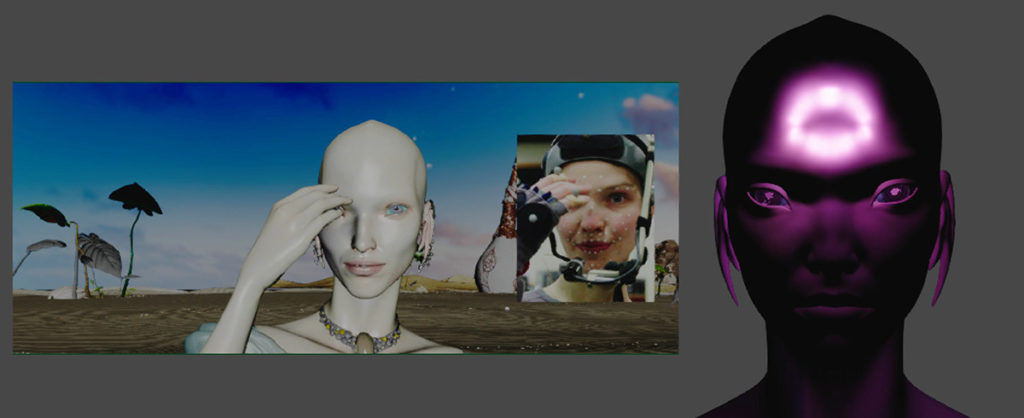
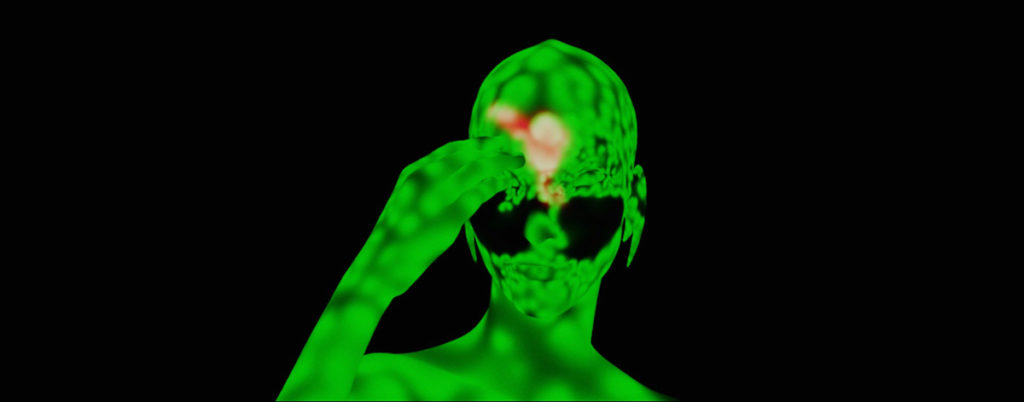
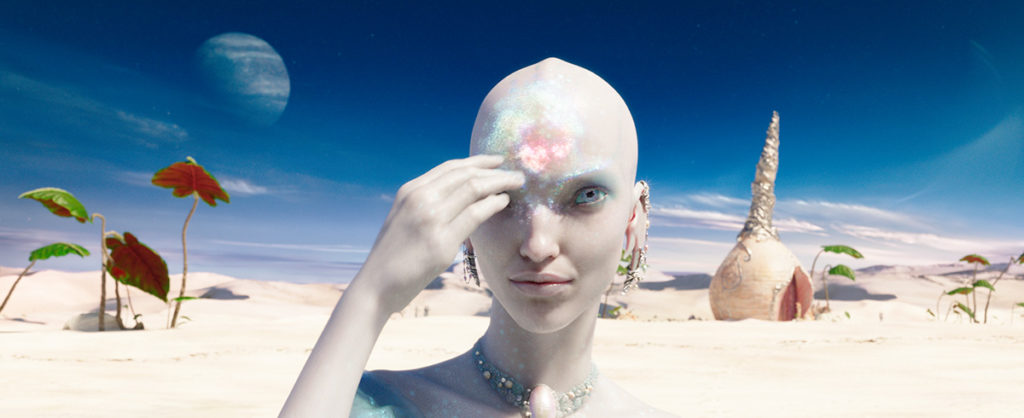
UNDER THE SKIN
Unlike almost all the other creatures in the film, the Pearl actually deviate from the comics quite a lot, but we knew we wanted something that was very pure and very beautiful in the skin. The other big thing we knew was we wanted to be able to visually see them emote through the skin. And in a number of places through the film, one of our go-to references was aquatic life.
The first thing we did was look at was cephalopods – squids, mimic octopuses, those sort of things. These creatures are just amazing.
Some of the things they do is common camouflage. That wasn’t something that was interesting as much. It was more the expressing emotions. We didn’t necessarily look at emotional responses from cephalopods. They have these layers of skin translucency and underneath those they have these cells that they can expand and contract, called chromatophores. We looked at the biomechanics of these and iridophores in chameleons.
“What was incredible there was just how (director Luc Besson) was able to work with the actors to build up their performance, build up the feelings that were required for these characters that form the emotional core of the whole film.”
— Martin Hill, Visual Effects Supervisor, Weta Digital
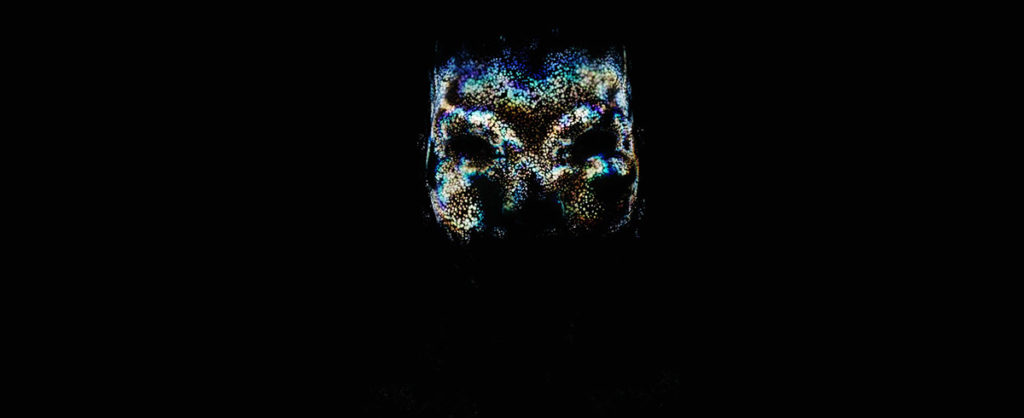
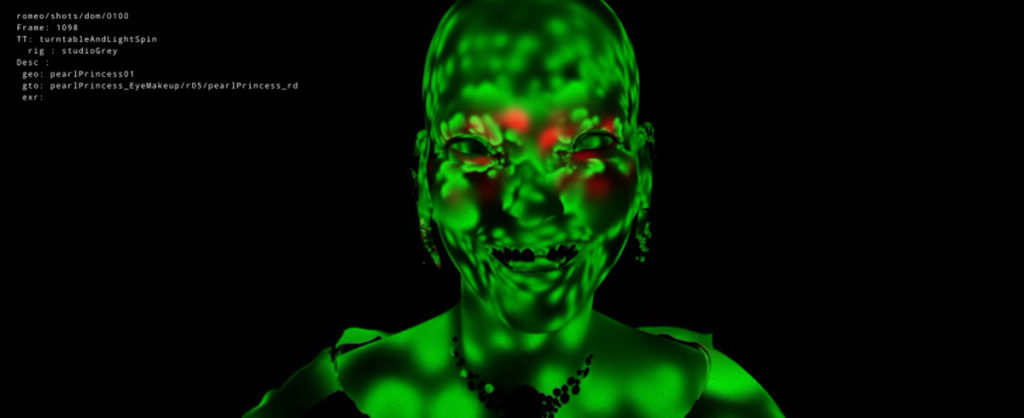
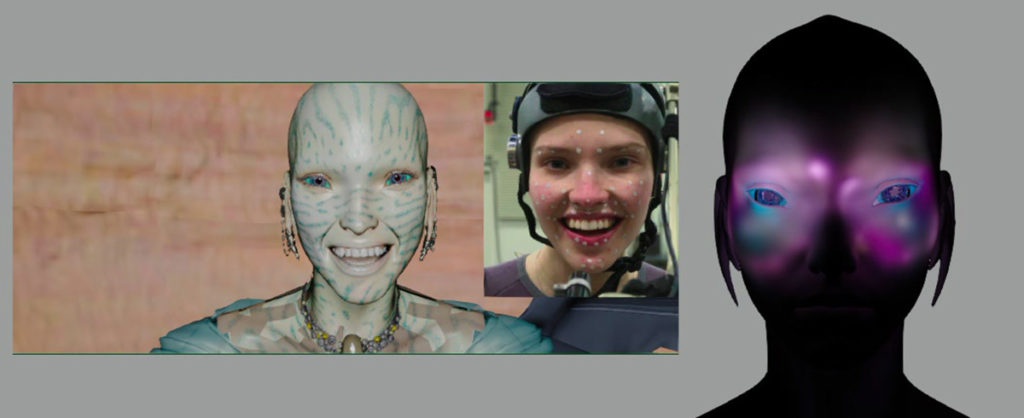
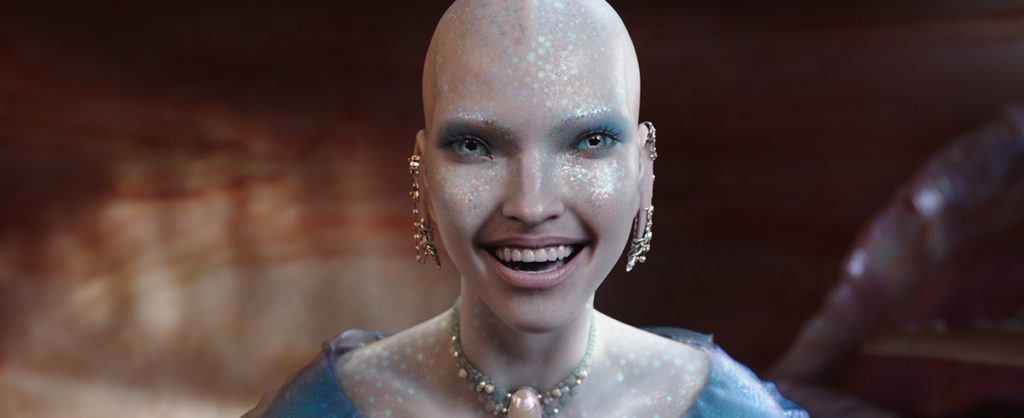
That research lent into the skin-shading model. It was essentially: let’s keep the layered idea of the structure from the squid in particular and bury the chromatophores and iridiphores in different layers, which we did with a variety of rendering and shading methodologies. It gave a really nice ‘pearlescent,’ deep translucent quality to the skin which looks really clean and pure but actually has a lot of complexity to it. You can see a lot of the biomechanical actions of the chromatophores firing in close-up shots. We actually see them expand and forming into some of the patterns inspired by the creatures.